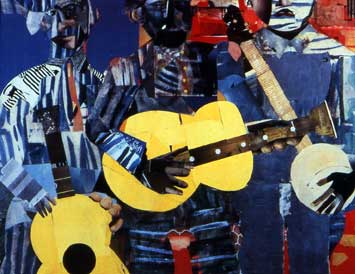
Chuck is a patient, experienced teacher who enjoys sharing the gift of music. He custom tailors his teaching technique for each student to make every lesson comprehensive and enjoyable.
Teaching and performing professionally for over 10 years, Chuck has studied jazz with many renowned masters like Daniel Jackson, John Handy, Tony Shinnault, Dee Spencer, Hafez Modirzadeh, Jim Grantham, John Worley, and Wayne Wallace.
Emphasizing musicianship and music fundamentals at all levels, Chuck encourages, inspires, and challenges his students to learn and express their talent with music. Students can expect to learn music theory, practice techniques, music history, approaches to improvisation, arranging, and composition.
Lesson Rates
Individual Private Instruction - Guitar
$20 / Half Hour
$30 / Hour
Ensemble Direction - Conduction, Arranging & Theory
$10 / Person / Hour
Lesson and practice schedules are determined upon goals and expectations of the student. Generally, preparation for each lesson requires 30 minutes of daily practice. Lessons are normally schedule once a week.

